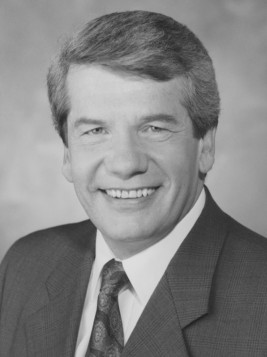Life in Montréal
Traces of Champlain in Montréal 400 years later
Samuel de Champlain is principally known as the founder of Québec City, but his time in Montréal more than 400 years ago left traces that are still evident today.
On his sixth voyage to New France in 1611, Champlain comes to the Montréal area. The crossing lasts 74 days, and the crew is hindered by ice floes and pack ice. The vessel finally arrives in Québec City in May and, after a brief stop for a couple of days, the ship makes its way upriver to the location Champlain will name Place-Royale.
Looking for a place to build
He disembarks, 31 years after the founding of Montréal on an island where he looks for a place to build. He chooses what will later become Callière point, an Amerindian village known as Hochelaga in the time of Jacques Cartier and farmed by the Iroquois. He erects a wall approximately 60 feet long by 20 feet high on a small nearby island to determine how well it will survive the winter. But his Montréal projects won’t advance further, and it will not be until May 17, 1642 that Montréal will be founded by Paul Chomedey de Maisonneuve and Jeanne Mance.
It is important not to confuse Place Royale – which still visible today and which is also located in Old Montréal in front of the Old Custom House – with the point of land Champlain names “Place-Royale”. This is in fact the point where de Maisonneuve will build Fort Ville-Marie 30 years later, the current location of the Pointe-à-Callière, Montréal Archaeology and History Complex, constructed on the very place where Montréal was founded.
The current Place Royal, which beginning in 1676 was the most important marketplace in Montréal, was only named so in 1892 on the occasion of the 250th anniversary of the founding of Montréal.
St Helen’s Island
However, let’s go back to Samuel de Champlain. On his voyage to Hochelaga, from Callière Point he espies an island where it would be possible to build a “good and strong city” and he gives it the name Saint-Helen, in honour of his young wife, Hélène Boullé.
For the sake of our story, remember that in the winter of 1609 Champlain meets a man named Nicols Boullé, a father of four and the secretary of Henry IV’s royal chamber. Boullé takes an ongoing interest in Champlain’s expeditions and his enterprises in New France. Hélène, one of his daughters, will marry Samuel de Champlain on December 30, 1610.
The incongruous pairing stems from the fact that the explorer was in his thirties (his date of birth has never been officially established) and his young spouse was only 12 years old, despite this phenomenon being quite common in that era. Three months after the marriage, Champlain leaves Hélène Boullé for the expedition to New France that will take him to Montréal.
The motives behind the marriage have always been difficult to understand, the couple never having lived for long under the same roof. It also appears that they never had children. Hélène Boullé will live out her days in an Urseline convent, which she enters in 1645, 10 years after Champlain’s death. We can nevertheless observe that she still enjoys some posthumous glory because Champlain gave her name to this island, which it is still known as today.

